“A Time of Terror: A Survivor’s Story” Excerpts from Dr. Cameron’s Memoir
Share
About ABHM
Explore Our Galleries
Breaking News!
Today's news and culture by Black and other reporters in the Black and mainstream media.
Ways to Support ABHM?
Scholar-Griot: Dr. Fran Kaplan, Editor, A Time of Terror by James Cameron
About this Memoir
LifeWrites Press, a division of the Dr. James Cameron Legacy Foundation, released a new, expanded edition of Dr. James Cameron’s memoir on his birthday, February 25, 2016.
In May 2016 the book received a Silver Medal for Best Nonfiction, Great Lakes Region in IPPY’s (the Independent Publishers Association) international competition.
The new 3rd edition contains five never-published chapters by Dr. Cameron, fifty vintage photographs, and annotations to help younger readers understand the era’s slang expressions and historical references.
A Time of Terror: A Survivor’s Story is an uplifting story of a black boy’s coming-of-age during the Jim Crow Era in the North. It is a one-of-a-kind historical document full of anecdotes, written in an engaging, often humorous, conversational style. These stories reveal Cameron’s courageous journey from his careless immature youth through an unspeakable trauma to a most admirable manhood as courageous early civil rights activist and loving husband and father.
For more information, to order bulk and desk copies of the book, and to download longer excerpts, please visit the book's website here.
Short Excerpts
Chapter 11: Big Emotions
I did pray at times. But hate had been growing in me so much that it seemed all I could do was hate. That hatred was for white people in general. No doubt, that poison in my system added to the aches and pains in my head.
I imagined myself out of prison paying back white people for every crime they had committed against me and other black people. I wanted to kill the white bastards for using force, violence, fraud and deceit; for channeling black people’s lives into narrow choices, deliberately creating a way of life outside the pale of American society; for not regarding black people as human beings or an integral part of the community group as they did other ethnic groups. I was nurturing an urge to kill and keep on killing white people.
Editor’s Note: Clearly James never acted on these feelings. Later he would come to believe that hate was a poison that destroys the body and soul. In revising the original manuscript over many many years, he inserted the insights he developed as a grown man who looks back at the emotions of his youth.
Chapter 7: Say It Isn’t So!
But the more I tried the more my mind kept racing back over the countless stories about Ku Klux Klan treatment of black people, stories that every black person knows by the time he or she is five years old. By the time you were sixteen, you were well versed in what a “nigger” was in America.
Editor’s Note: Today, even though the Ku Klux Klan is a relatively toothless organization, most black sixteen year olds are just as well-versed in the place of black boys in American society. (As of 2019, there are 1020 hate groups operating in the USA, including the KKK, neo-Nazis, white nationalists, and anti-Muslim and anti-Semitic organizations.)
Epilogue
Through reflection on life-experience and participation in a healing community, the individual arrives at a new awareness, a new sense of self, a feeling of “I can” when others say “I can’t.” The ability to fly, even soar, has been revealed. Perhaps, if this newly discovered inner source of power is fully unleashed, the horizon for future growth toward liberation is suddenly available….
I forgive those who have harmed me and Abe and Tom, realizing I can never forget the traumatic events that took place that night.
Editor’s Note: Despite the unspeakable traumas of the lynching night and the five years of incarceration with grown men, teenaged Jimmie emerged at age twenty-one determined to do something positive and “God-like” with his life – to become better, not bitter.
Dr. Cameron was aware of how holding onto to hate destroys the hater. He used to say, “Hate eats into the body and poisons the body from within. But if you have love in your heart, you can blossom like a flower in the sun every day.” At the same time, he believed that “the truth shall set you free,” that “stories give a context to our collective pilgrimage.” Therefore, he taught that we must “forgive but never forget” our history.
Chapter Eight: Demonic Terror
News of the impending lynching in Marion was broadcast over the radio stations in the state and heard throughout the Midwest.Earlier in the day, I later learned, the only black physician in Marion, Dr. Bailey, had received word from his white friends in the town that three black youths in the Grant County jail would be lynched that night. They would be taken from the jail and lynched by a Ku Klux Klan mob. His white friends told him of the general plot that had been planned with the precision of a military coup….
Editor’s Note: James Cameron narrowly escaped being hanged with two other black teenagers in Marion, Indiana, in 1930. That lynching, while it took place outside the South, was typical of the thousands of “spectacle lynchings” that were held both in the former Confederacy and in the North – from the 1880s to the 1940s. A spectacle lynching followed a certain ritual:
-
- a large number of spectators attended from far and wide;
- a mob of white men from all walks of life planned and executed the lynching;
- local law enforcement officials generally made weak or no attempts to stop the process – and were sometimes part of the mob;
- the black (usually male) victims were often killed several times, that is, they were severely beaten, often tortured and mutilated, then hung or burned alive or dead, and finally body parts, clothing, and pieces of the rope might be taken as souvenirs by the crowd; and
- souvenirs photos were taken of the spectators – a crowd that often included women, teenagers and even young children) – or the lynch mob posing with their dead trophies.
Spectators streamed into the town from around north central Indiana, coming by car and by interurban train. The Marion Flyer put extra trains on for the day. A studio photographer, Lawrence Beitler, was called in to take this iconic photo, hundreds of which he sold the next day for a good profit. Indeed, Cameron’s lynching was initially planned in the morning by workers at the Superior Body factory. Members of the Ku Klux Klan were also a part of the Marion lynch mob, though they did not wear hoods and robes. Incendiary newspaper articles were distributed around the region.
Dr. Bailey’s wife, Flossie, who was the head of the NAACP local branch made repeated calls to the governor and other officials to stop the impending murder – to no avail.
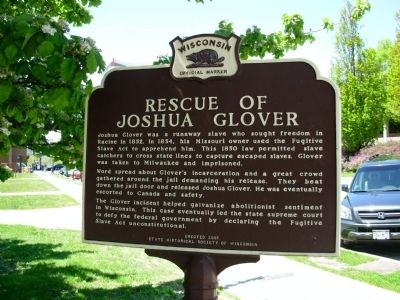
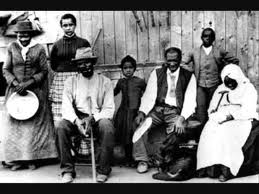
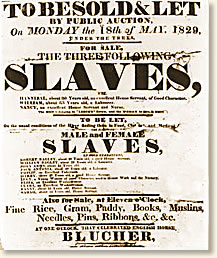
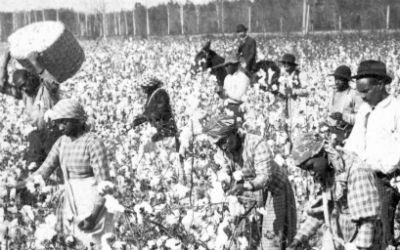
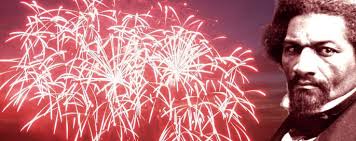
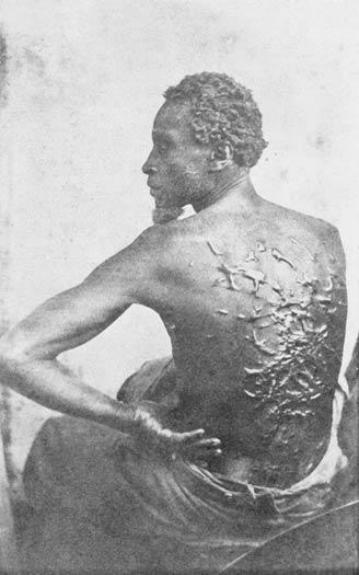
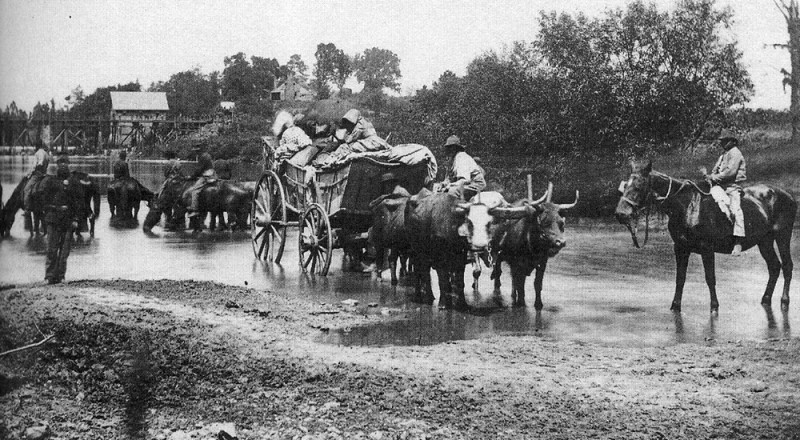
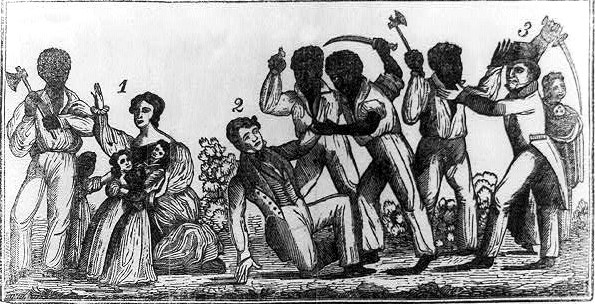





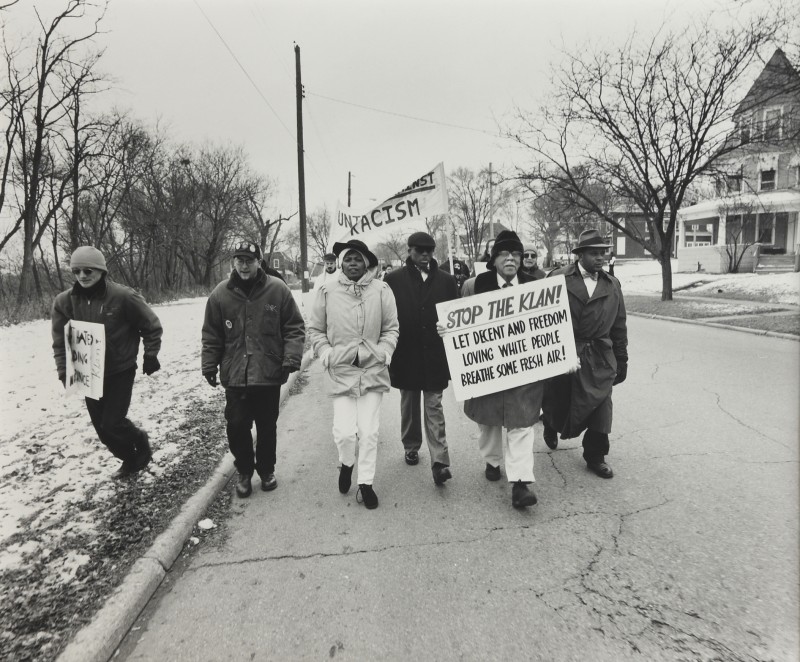
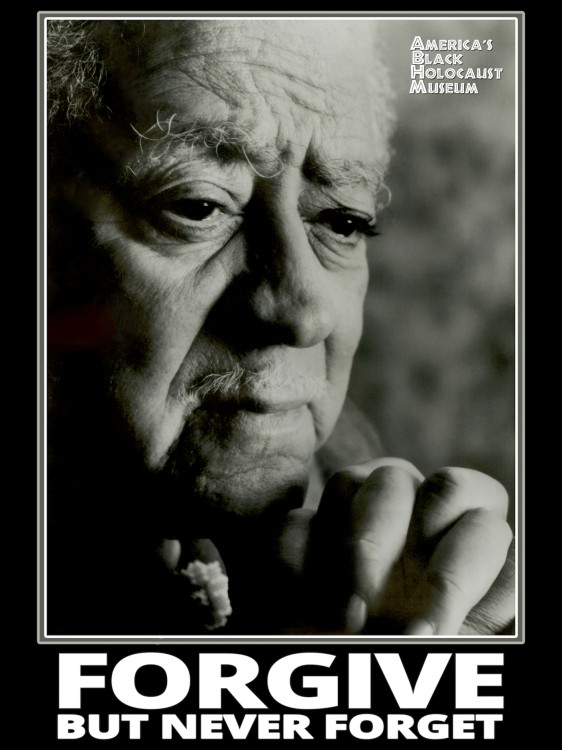
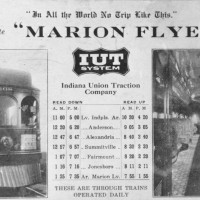
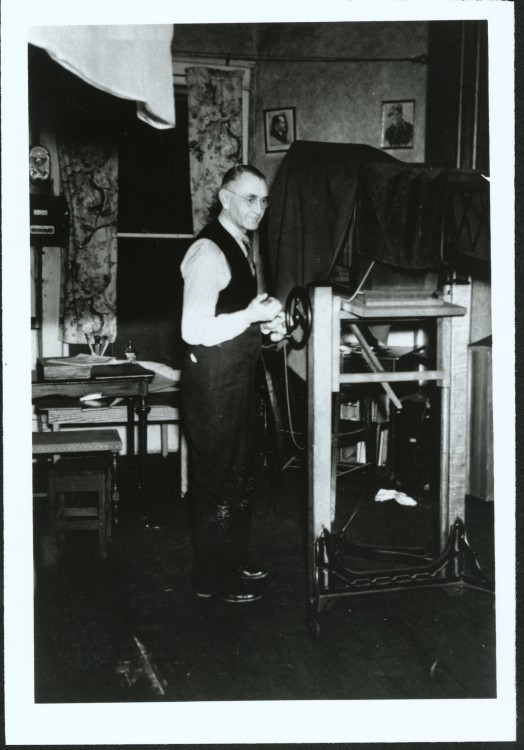
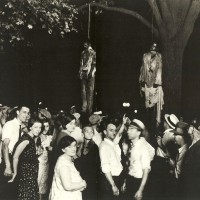
Comments Are Welcome
Note: We moderate submissions in order to create a space for meaningful dialogue, a space where museum visitors – adults and youth –– can exchange informed, thoughtful, and relevant comments that add value to our exhibits.
Racial slurs, personal attacks, obscenity, profanity, and SHOUTING do not meet the above standard. Such comments are posted in the exhibit Hateful Speech. Commercial promotions, impersonations, and incoherent comments likewise fail to meet our goals, so will not be posted. Submissions longer than 120 words will be shortened.
See our full Comments Policy here.